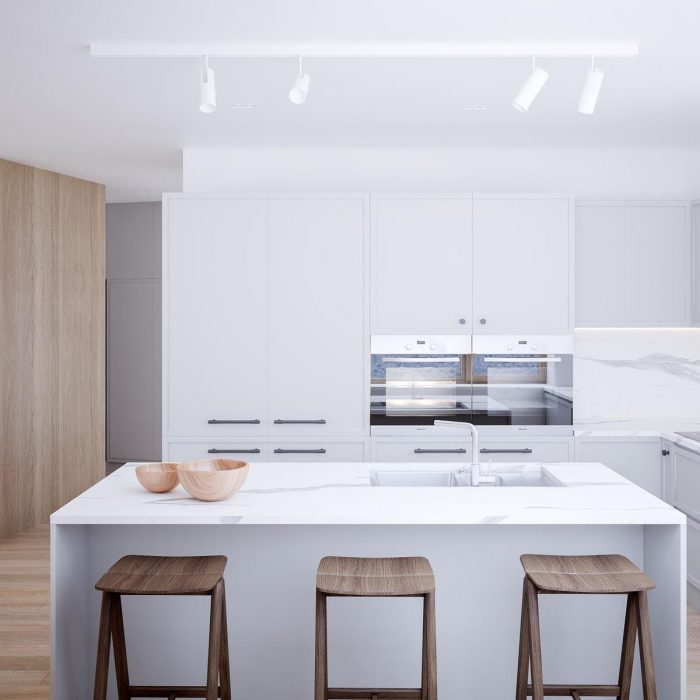
Everything You Need to Know About DIY Track Lighting
Track lighting can be a wonderful addition to your home. These stylish, functional pieces have limitless uses, including:
- Directional task lighting
- Over-the-table or kitchen island lighting
- Artwork spotlight lighting
- Over-the-mantle lighting
- Eye-catching general lighting
Designers have traditionally used track lighting in narrow hallways or to highlight art on the wall in studies, but because of its incredible flexibility, it is now used more extensively in living rooms, bathrooms and even bedrooms. This adds a contemporary touch to almost any space, making it perfect for a new build home or for renovated spaces in an existing home.
However, because multiple pieces are needed to assemble a functional track lighting system, picking the right one for you can seem daunting. The good news is that simple track lighting systems are made up of three different pieces, and knowing more about them can help you pick the right one.
1. The Track
First, take a look at the track itself. If you’re buying an all-inclusive fixture, style and size are your primary concerns. Is it large enough for your space? Will it perform its function and add the style you want?
If you’re purchasing components separately to create a custom fixture, keep in mind that different companies use different “styles” of track. Most companies sell tracks in segments ranging from 2’ to 8’, usually in H-style, J-style, and L-style. Any style will work, as long as you make sure ALL the components are the same style.
2. The Power Source
Examine the space where you’ll place the track lighting. The power source can be added in the middle of the track, or on the end, depending on your needs. If your electrical box is between each end of the track, use a floating canopy. If your track system will begin at the electrical box, you will need a live end feed power source.
3. The Track Heads
These heads will add your personal style to the track, in addition to facilitating the light source. Similarly, select your bulb based on the task and atmosphere it’s meant to serve, whether it’s an integrated LED head or a standard light bulb socket. To attach the track heads, simply insert the connection points inside the track and rotate the connection point until they lock in place.
4. Custom Built vs. All-Inclusive Tracks
Top-tier track lighting companies, such as Nuvo Lighting, offer countless kits that include all three components. They’re ready for assembly and easily to install, and you know exactly how your track light will turn out.
On the other hand, they also sell the components separately to enable full customization. This way, you can create a track lighting fixture that fits your exact needs and style, even if it requires a bit more work to keep things consistent.
Keep in mind that some types of track lighting require additional parts. For example, a Flexrail system uses mounts with posts that suspend the track from the ceiling, instead of mounting it flush to the drywall.
Now that you know the basics, you’re ready to tackle your own lighting project! As always, feel free to contact one of our lighting experts with any questions. Here’s to you and keeping your track lighting project on track!
